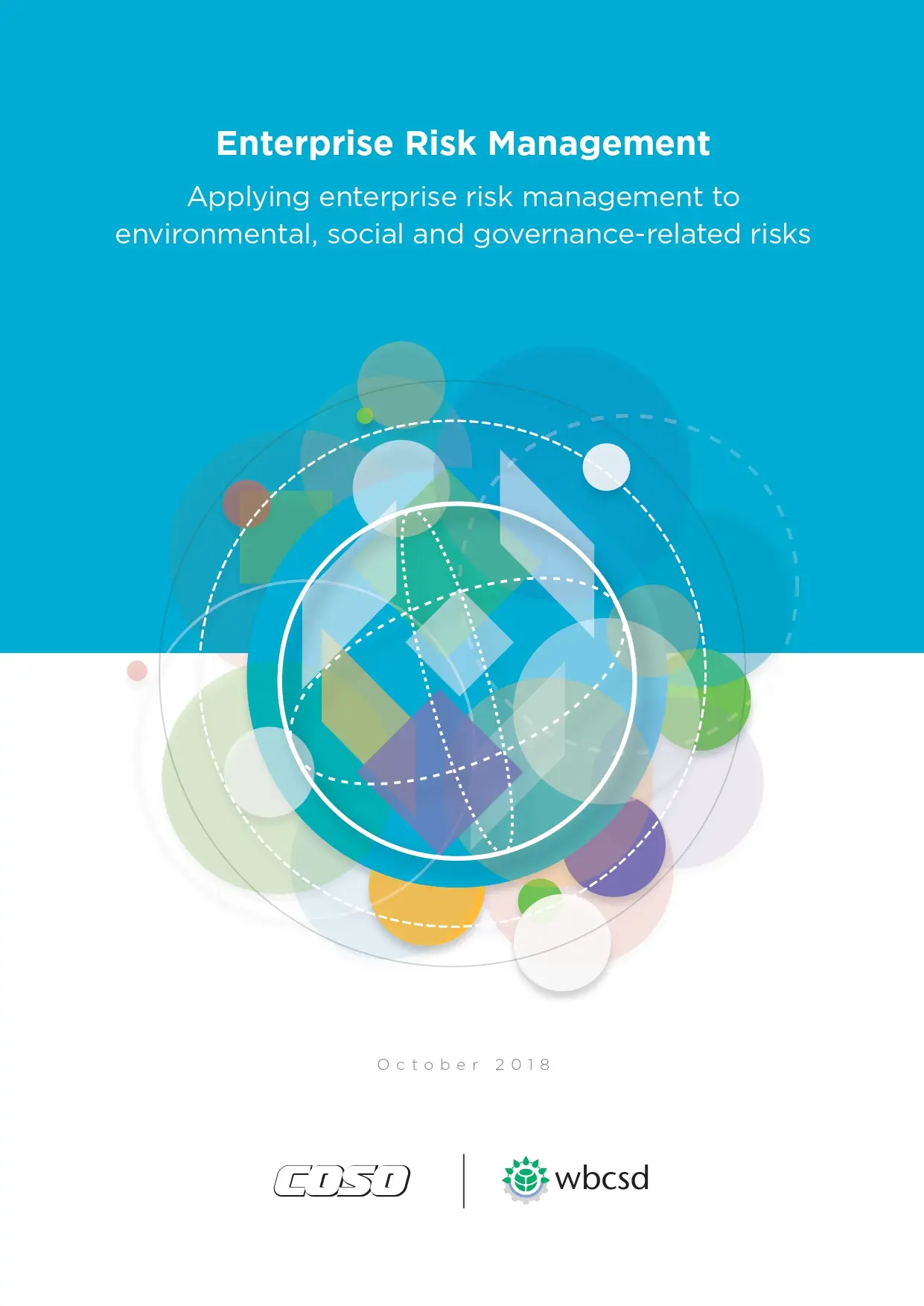The Next Steps for Sustainable Business
Twenty-twenty-four may very well become a breakthrough year for sustainability. Although, as always, the world’s sustainability transformation will labor forward amidst many other pressing concerns, this year inherited considerable momentum from 2023, including the historic outcomes of COP28 and the decisive global embrace of simultaneous action on climate, nature, and equity.
The Next Steps for Sustainable Business
Twenty-twenty-four may very well become a breakthrough year for sustainability. Although, as always, the world’s sustainability transformation will labor forward amidst many other pressing concerns, this year inherited considerable momentum from 2023, including the historic outcomes of COP28 and the decisive global embrace of simultaneous action on climate, nature, and equity.
The Circularity Gap Report 2024
Despite the circular economy entering the mainstream, global circularity is still in decline. Over the past five years, the volume of discussions, debates, and articles addressing this topic has almost tripled, reflecting a heightened awareness and interest in circularity. However, the vast majority of extracted materials entering the economy are virgin, with the share of secondary materials declining steadily since the Circularity Gap Report began measuring it: from 9.1% in 2018 to 7.2% just five years later in 2023.1 Meanwhile, the total amount of materials consumed by the global economy continues to rise: in just the past six years alone we have consumed over half a trillion tonnes of materials—nearly as much as the entirety of the 20th century. These statistics display the cold, hard truth: despite the circular economy reaching ‘megatrend’ status, lofty speeches and targets are not yet translating into on-the-ground actions and
measurable impacts. Without bold, urgent action to shift to a circular economy, we'll miss out on achieving broader social and environmental goals—ranging from emissions reductions to boosting the use of secondary materials—putting industries and governments at risk of sleepwalking into circular washing and missing out on much-needed impact.
The Circularity Gap Report 2024
Despite the circular economy entering the mainstream, global circularity is still in decline. Over the past five years, the volume of discussions, debates, and articles addressing this topic has almost tripled, reflecting a heightened awareness and interest in circularity. However, the vast majority of extracted materials entering the economy are virgin, with the share of secondary materials declining steadily since the Circularity Gap Report began measuring it: from 9.1% in 2018 to 7.2% just five years later in 2023.1 Meanwhile, the total amount of materials consumed by the global economy continues to rise: in just the past six years alone we have consumed over half a trillion tonnes of materials—nearly as much as the entirety of the 20th century. These statistics display the cold, hard truth: despite the circular economy reaching ‘megatrend’ status, lofty speeches and targets are not yet translating into on-the-ground actions and
measurable impacts. Without bold, urgent action to shift to a circular economy, we'll miss out on achieving broader social and environmental goals—ranging from emissions reductions to boosting the use of secondary materials—putting industries and governments at risk of sleepwalking into circular washing and missing out on much-needed impact.
Product Life Cycle Accounting And Reporting Standard
The five accounting principles are intended to underpin all aspects of GHG accounting and reporting for products. Their faithful application should help to ensure that the product inventory constitutes a true and fair representation of its GHG emissions and removals.
Product Life Cycle Accounting And Reporting Standard
The five accounting principles are intended to underpin all aspects of GHG accounting and reporting for products. Their faithful application should help to ensure that the product inventory constitutes a true and fair representation of its GHG emissions and removals.










